Occupied Vienna
Find out more about Vienna in the years 1945-1955, when the city was occupied by the four victorious Allied powers and divided into four zones. Which victorious power took over which district in Vienna? What took place in Vienna’s city center? Who were the four in the jeep?
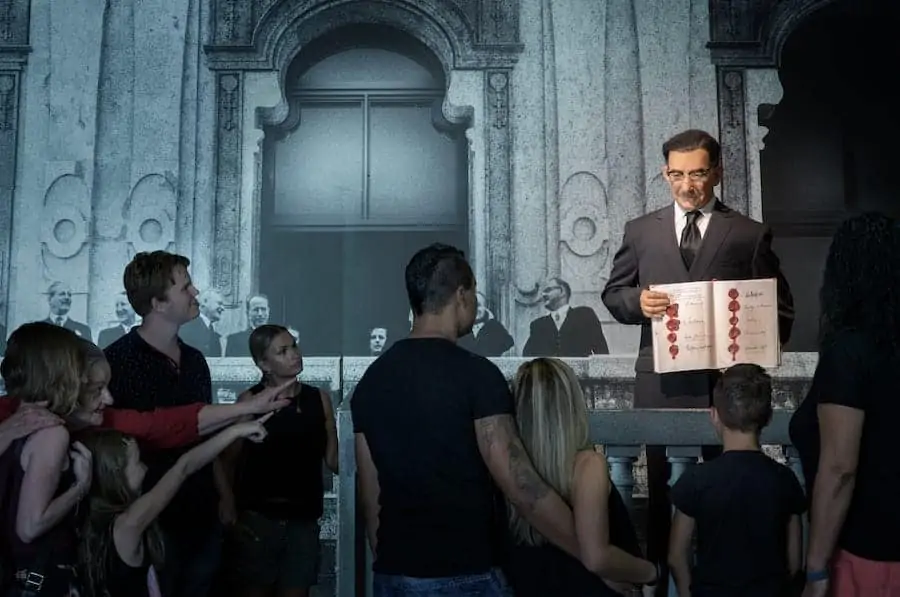
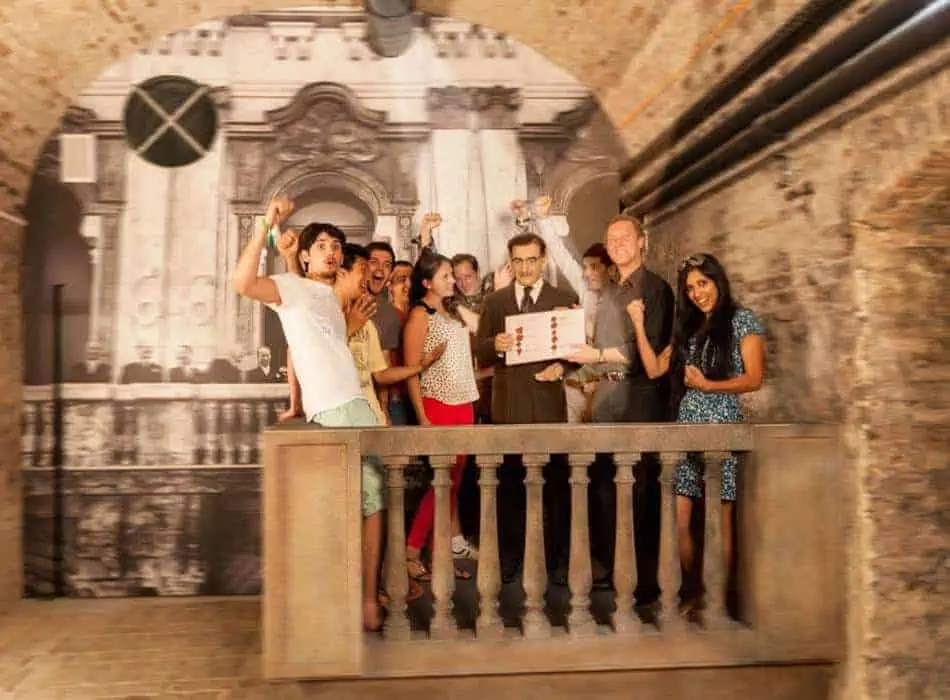
Experience the important moment of the signing of the State Treaty on May 15, 1955. With Timetravel you can see the balcony of Belvedere Palace, where the signed State Treaty was shown to the cheering crowd. Celebrate this historic moment with us and hear the famous words of the then Foreign Minister Leopold Figl: “Austria is free!”
Occupation in Vienna (1945 – 1955)
Vienna looked no different to many other European cities after the Second World War, namely bombed and starved. Initially, only Soviet soldiers were present after the liberation of Vienna, the Western Allies (USA, France and Great Britain) only followed in September 1945.
After the Second World War, Austria was occupied by the four victorious Allied powers from 1945 to 1955. These were Soviet, American, British and French troops, who divided Austria into four zones. Vienna was also divided into four sectors, as well as a common inter-allied zone, the 1st district.
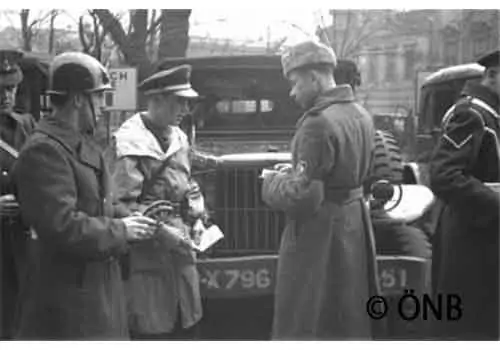
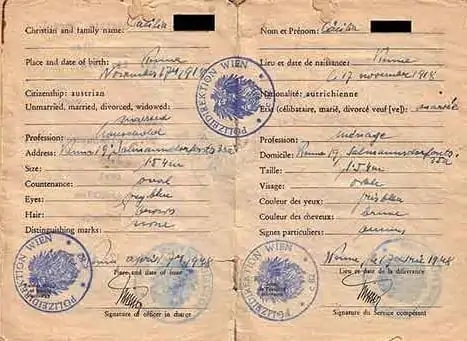
Initially, the occupation was characterized by military control. The international patrol consisted of one military policeman from each occupying power and began its work in August 1945. Initially there were three soldiers from the Soviet Union, the USA and Great Britain. The Frenchman only joined in September 1945.
“The four in the jeep” controlled both the first district and the rest of Vienna. The American always sat at the wheel (it was an American jeep after all), next to him sat the Briton, behind the driver the Frenchman and next to him the Soviet. In some cases, the positions were changed except for the driver.
In the 1950s, the four in the jeep were also the subject of a Swiss film.
The state treaty
The Austrian State Treaty was signed in the Marble Hall of Belvedere Palace on May 15, 1955 , after 10 years of occupation (1945-55). It concerned the restoration of a free, independent and democratic Austria. Neutrality was an important negotiating criterion. Leopold Figl and Julius Raab were the politicians involved. Leopold Figl, the Foreign Minister at the time, was one of the signatories of the State Treaty, together with the respective Foreign Ministers and High Commissioners of the four occupying powers. Figl is known for his famous words: “Austria is free”.
It was signed by the respective foreign ministers and high commissioners of the victorious powers: Molotov and Ilyichov for the Soviet Union, Macmillan and Wallinger for Great Britain, Dulles and Thompson for the USA and Pinay and Lalouette for France. Leopold Figl signed in green ink as Foreign Minister at the time.
It is interesting to note that the original of the State Treaty is kept in Moscow and not in Vienna. The document comprises almost 300 pages with translations into Russian, English, French and German. It is kept in the archives of the Russian Foreign Ministry in Moscow. The document is occasionally brought to Austria for exhibitions
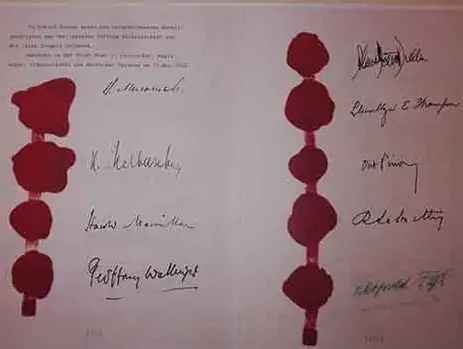
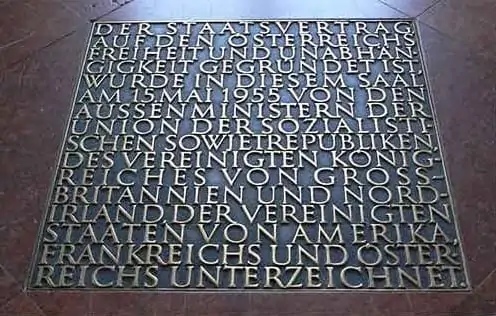
The Austrian national holiday October 26
After the State Treaty was signed on May 15, 1955, the agreed period of 90 days in which the occupying troops had to leave Austria began. The last day was October 25, 1955 and the legend of the last Russian occupying soldier leaving Austria on this day persists to this day. It is much more true that they had already left the country in September.
The Austrian National Day has been celebrated on October 26 since 1965. Austrian neutrality came into force on this day in 1955. Since 1967, it has been one of the other public holidays and is a non-working day.
This day is traditionally celebrated with an Armed Forces Exhibition at Vienna’s Heldenplatz. Many public institutions and government buildings open their doors for an open day.
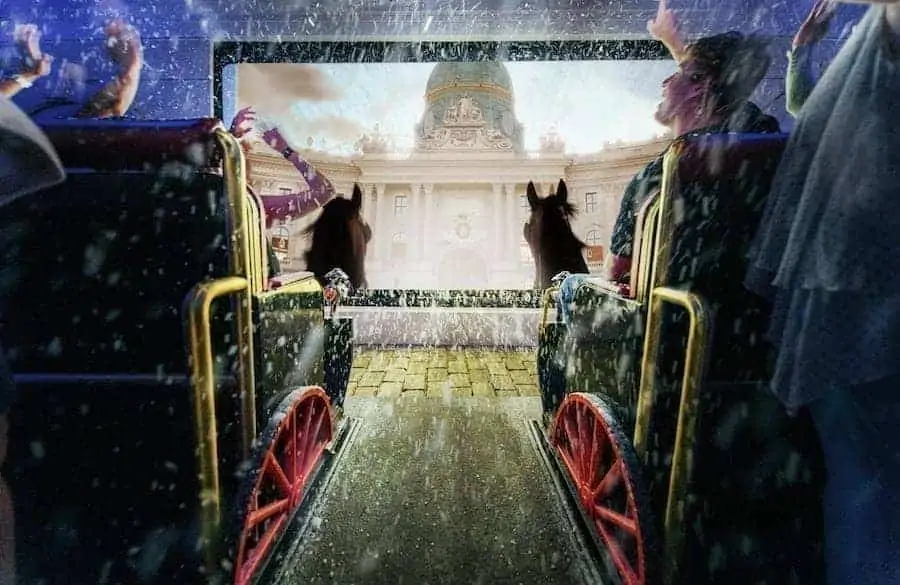
Magical horse-drawn carriage ride
